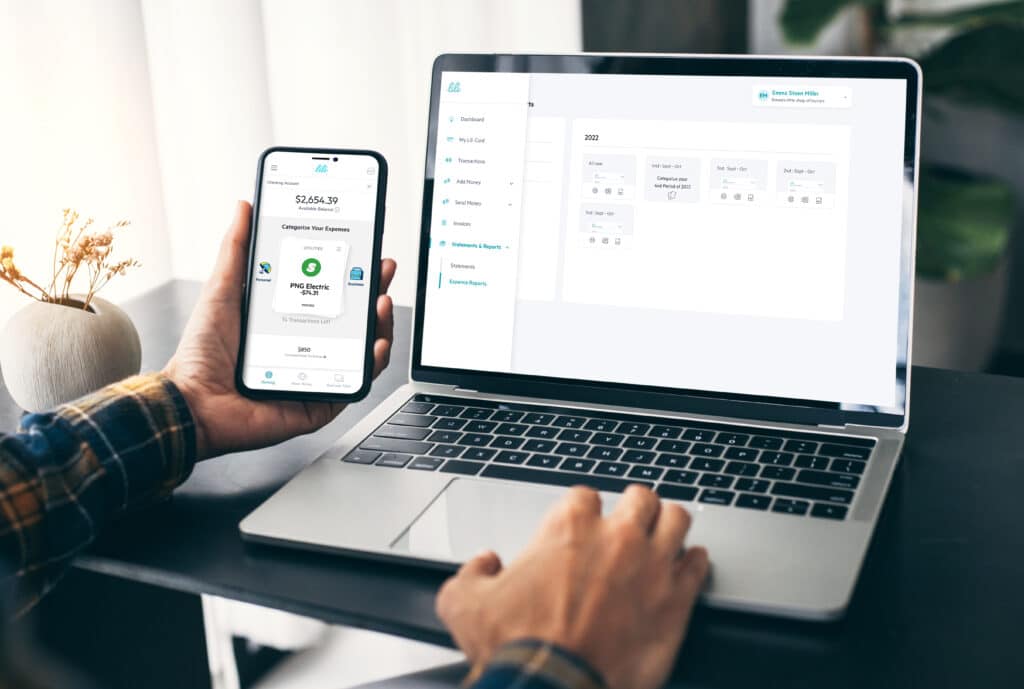“Net 30” is a common term in the self-employment and small business space, usually found in contracts or on invoices to define payment timelines. It’s important to be aware of what Net 30 involves and how it works so you can decide if it’s suitable for your business. So, what is Net 30?
What Does Net 30 Mean?
“Net 30” is a payment term that refers to a client having to pay an invoice up to 30 days from the day it was issued. It is essentially a way of extending credit to your client, as you provide your service or product prior to payment, and payment is requested within a set period of time thereafter. Using net terms to separate the invoice payment date from its issue date gives customers time to process and fulfill invoices comfortably.
Payment terms can be set for other periods as well—such as Net 10, 60, or even 90—but Net 30 is the most common of these terms, giving the client a month to fulfill the invoice. An invoice payment deadline may also be established in other ways, such as simply stating “due within 30 days of the invoice date” instead of using the common shorthand.
How Do Net 30 Terms Work?
When issuing an invoice to a client, it’s important to establish clear expectations in advance as to when you expect to be paid. While aligning expectations about payment terms should be a part of the client onboarding process, reinforcing payment terms on your invoices will help ensure you get paid on time.
Net 30 terms may be detailed in the notes or additional terms on the bottom of an invoice, or they can be defined simply by setting the due date as the last day of the net term. Your invoice should always include both an invoice date (the date the invoice is sent and received) and a defined due date (the date by which payment is expected).
An invoice sent with net terms is due within the defined number of days following the issue date, including weekends and holidays. For example, an invoice issued on August 15 with Net 30 terms must be paid by September 14. An invoice issued on July 1 with Net 10 terms must be paid by July 11.
Why Do Businesses Use Net 30 as a Payment Term?
Offering Net 30 terms on your invoice is helpful for effective payment management. Nothing is more problematic—particularly for your cash flow—than sending an invoice with no set terms and waiting months for it to be fulfilled as you’re forced to chase after your client about paying their overdue invoice.
Benefits of Using Net 30 Terms
Using Net 30 terms is an effective way to manage both your payments and your clients’ expectations related to payments. Here are a few additional advantages of using Net 30 or other net terms in your invoicing:
- Helps sign new clients. Offering convenient payment terms provides prospective clients with extra incentive to sign a contract with you even before seeing your work. It also makes your business a viable option for prospective clients who have a more limited cash flow and require a bit more breathing room when it comes to payment timelines.
- Improves client loyalty. Enabling your clients to process invoices in a comfortable amount of time increases the likelihood that they will want to continue working with you or retain you for future projects. Offering early payment discounts with net terms takes this a step further.
- Increases client accountability. Setting a clear payment deadline and providing a reasonable payment timeline means your clients are not only well-aware of when payment is due, but should be more than prepared to pay on time.
- Keeps you competitive. Offering net payment terms means your business doesn’t fall behind any competitors that offer them, or gives you a competitive advantage over those that don’t.
Drawbacks of Using Net 30 Terms
While offering net terms to your clients has some clear advantages, doing so may not necessarily serve your business, especially if you have limited cash flow. Some of the more significant drawbacks of offering Net 30 include:
- Delay in receiving payment. The trade-off to offering convenient payment timelines to clients is that you may need to wait until the end of the defined term to receive payment, even if you offer an early payment discount. Additionally, you’ll need to keep your finances tightly organized so you don’t spend the money before you get paid.
- Discounts can hurt your bottom line. While offering a discount for early payment can help shorten the payment timeline, you need to make sure to account for the effect on your profit margin.
- Extended payment timelines can lead to missed payment deadlines. Even if you’re very clear in your communication about net terms, there may be clients who ultimately forget about invoices with longer payment periods and neglect to pay you on time. To avoid such cases, you may consider sending regular reminders or even forgoing Net 30, instead choosing a shorter term like Net 10 or Net 15.
- Implementing net terms creates extra work. Offering net terms ultimately creates additional work for a business, whether related to offering discounts, explaining terms to clients, sending reminders, etc. Of course, the benefits of offering net terms may still make it ideal for your business, but make sure that you are able to handle the additional workload.
Net Terms: Offering an Early Payment Discount
Net terms can be used to offer a discount as incentive for customers who pay early, i.e. offering a percentage off of their total invoice amount if they pay within a defined period (shorter than the net term). This should be recorded on an invoice as: Discount/Date Net Deadline. For example, if you currently have Net 30 terms with a client and want to incentivize early payment, you may offer a 1% discount if they pay within 10 days. This would be written as:
1/10 Net 30
This would give the client 1% off of their invoice total if they pay on or before the 10th day following the invoice issue date, otherwise, the full amount is due within 30 days.
How to Start Using Net 30 Payment Terms
Below are a few important steps to take in order to start implementing net terms (including Net 30) in your invoicing:
1. Update existing clients
If you have not previously used net terms with your existing clients, make sure to speak with them before including these terms on your invoices. Your clients will likely appreciate the extended payment deadlines, however it’s important to make sure you’re aligned about payment practices before making any changes. For clients who tend to be lax about paying on time, make sure to clearly outline any additional terms concerning late payment.
2. Define terms in your contract
Whether drawing up a contract with a new client or making contract revisions with an existing client, make sure the net terms are agreed upon and outlined clearly in the contract. This will protect both parties from any future misunderstandings around invoicing and payment due dates.
With new clients, be sure to explain the use of net terms as part of the onboarding process so they are aligned with your expectations regarding payments for your services.
3. Implement net terms on your invoices
Beginning with your next invoice, add net terms! Make sure to note the precise due date of the defined payment term. For example, if an invoice is sent on June 15 with Net 30 terms, the due date will be July 15. Most invoice templates have a space to add both the invoice issue date and the due date.
Remember, you don’t need to use the same payment terms with all customers or clients! Net 30 may be appropriate for one client, whereas another requires a longer period in which to fulfill the payment. On the other hand, you may have clients for whom a shorter payment timeline would be better, so as to avoid the prospect of forgotten payment deadlines and having to deal with unpaid invoices.
This is where Lili’s Invoicing Software comes in handy–not only can you send customized invoices with clearly defined payment terms, but you’re also able to track your invoices conveniently within your Lili account, and send payment reminders to help make sure you get paid on time.
If you’re looking for a platform that simplifies invoice management, and saves you steps in collecting payment, consider opening a Lili account today!




